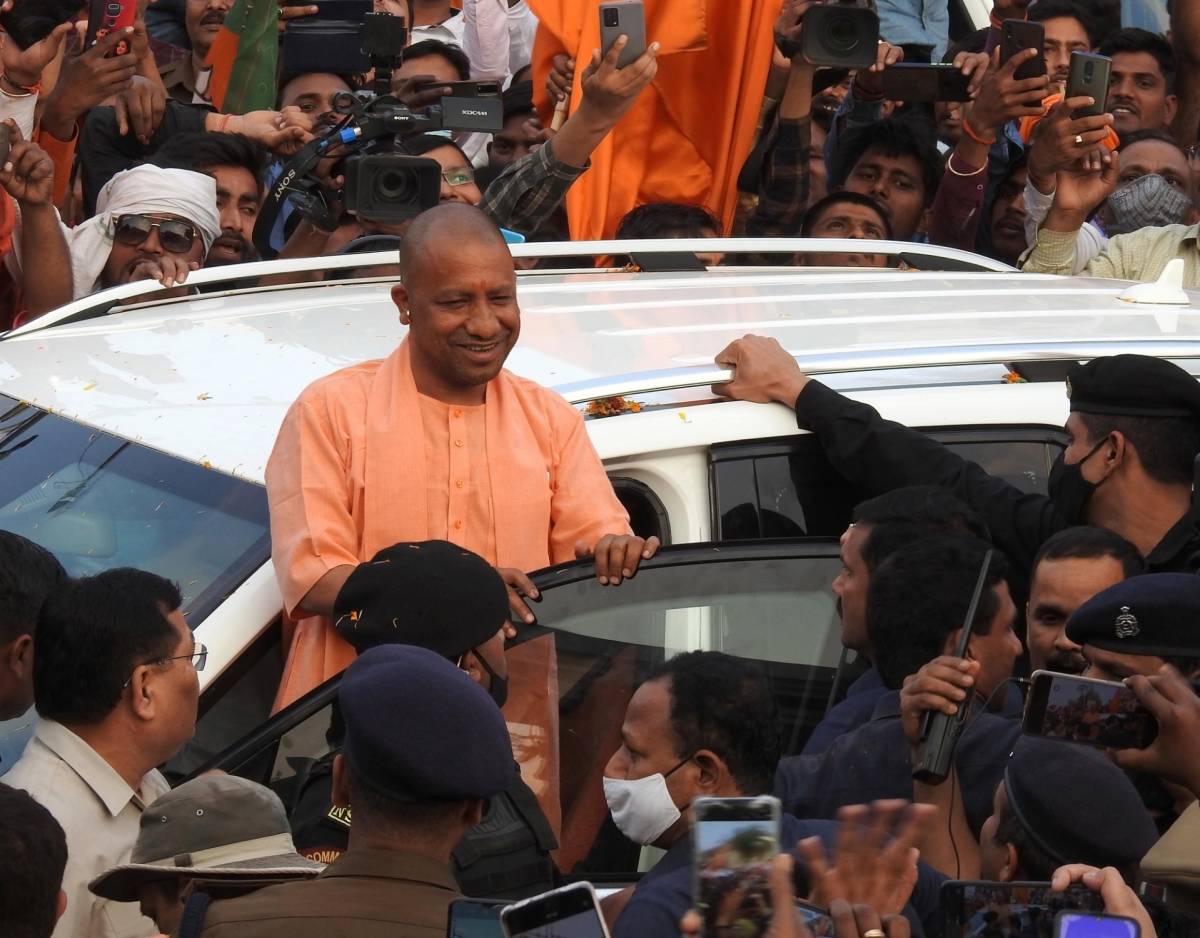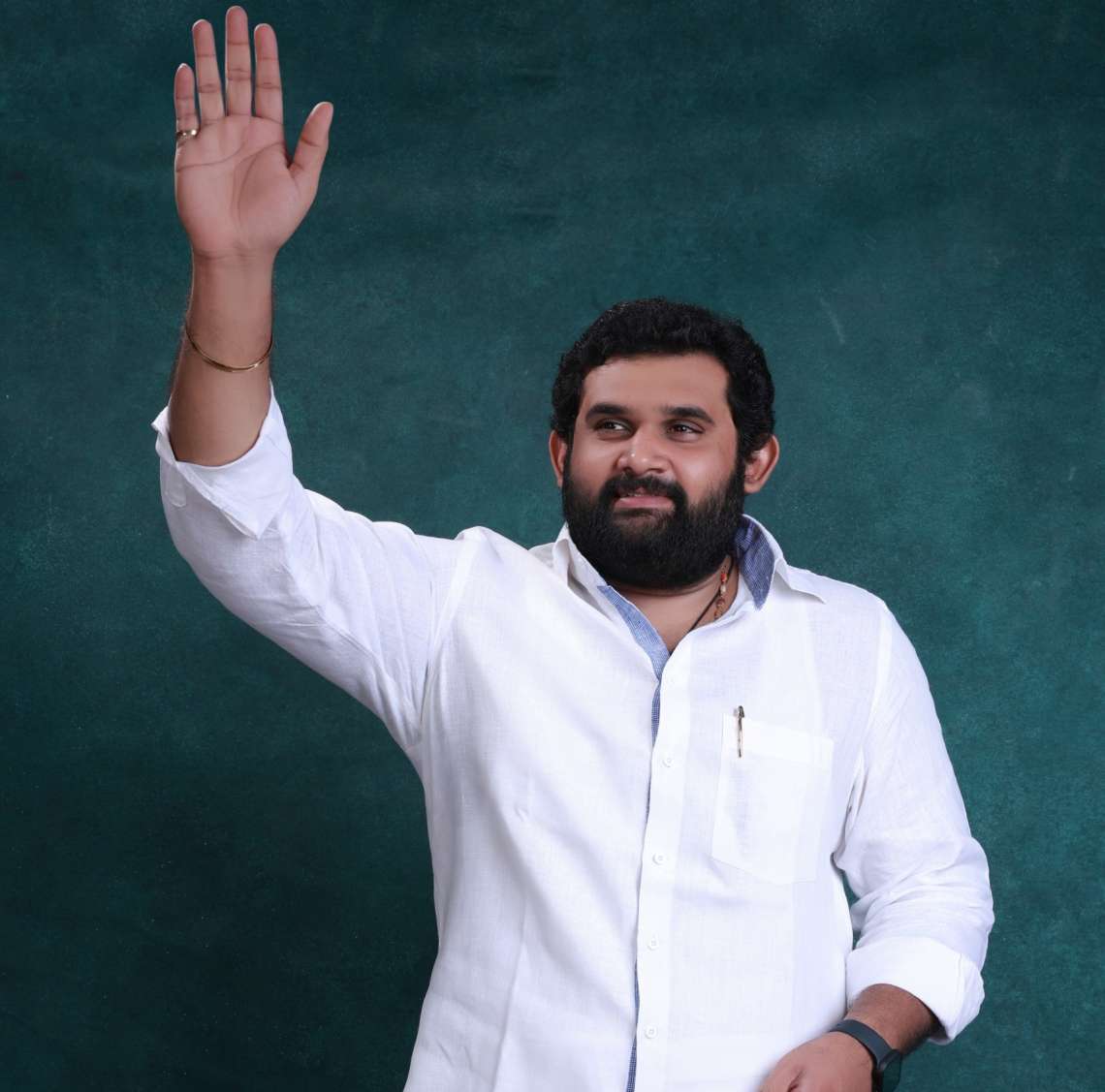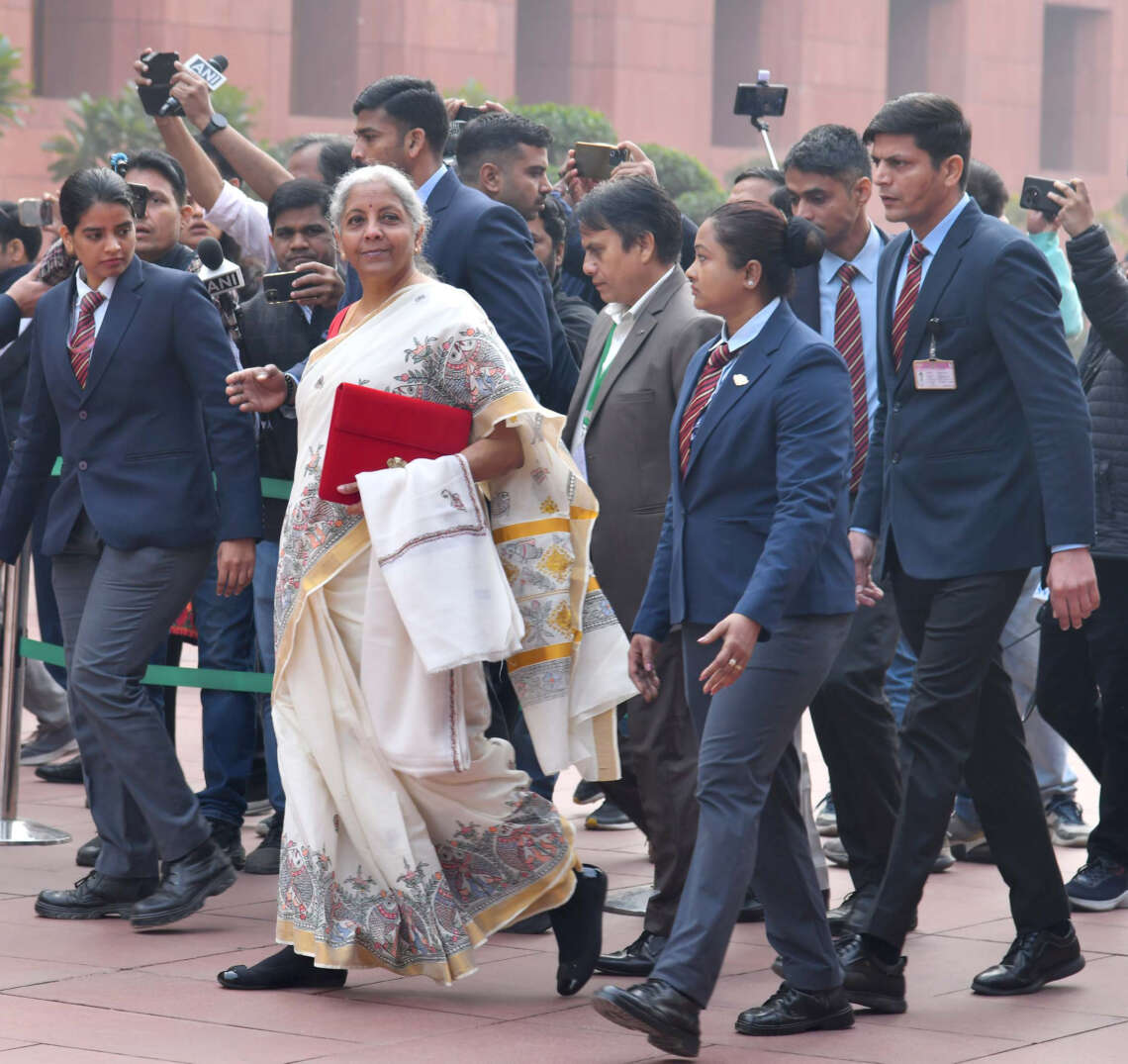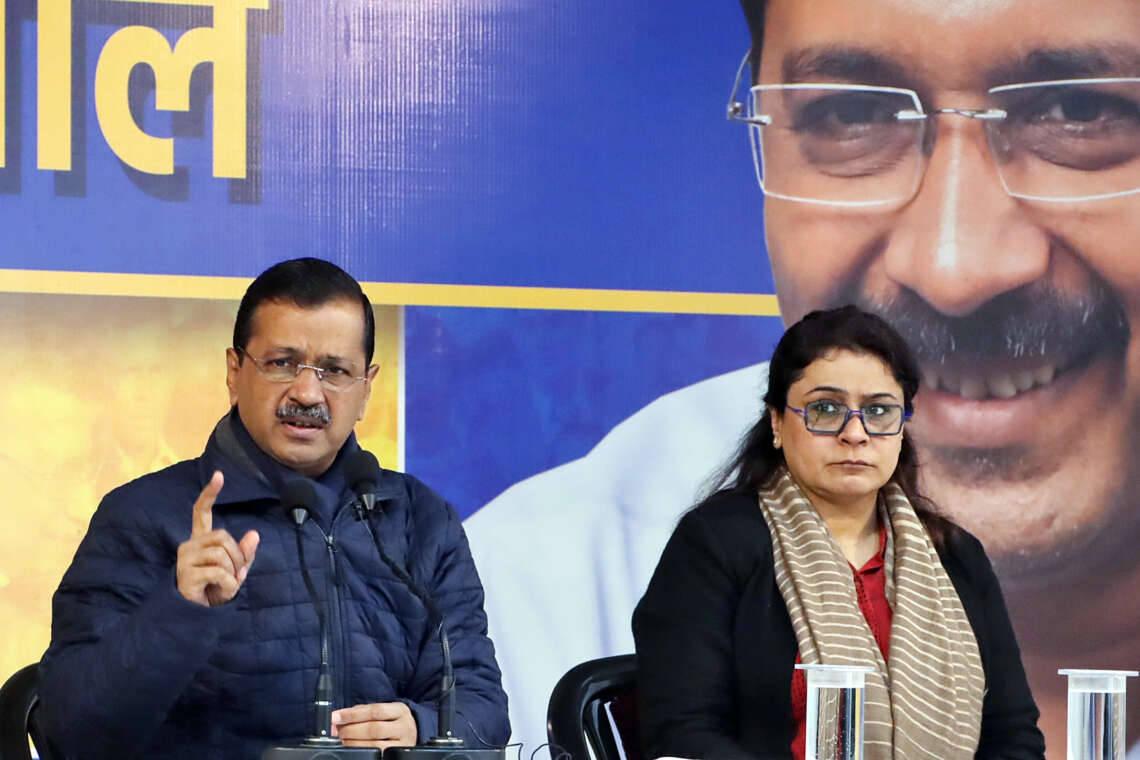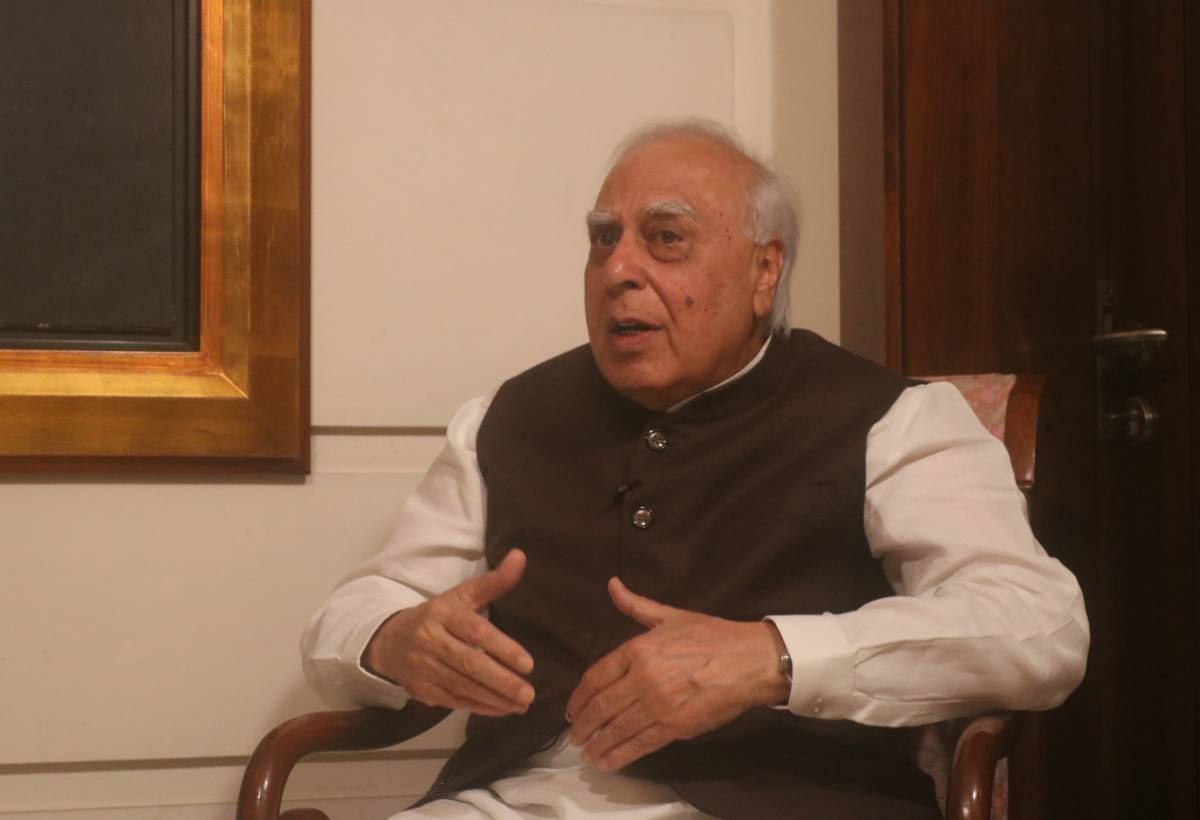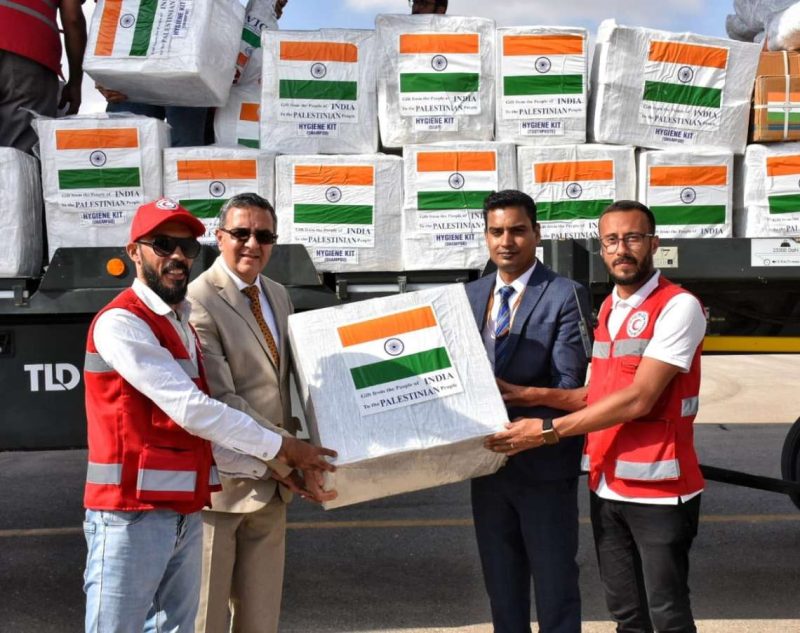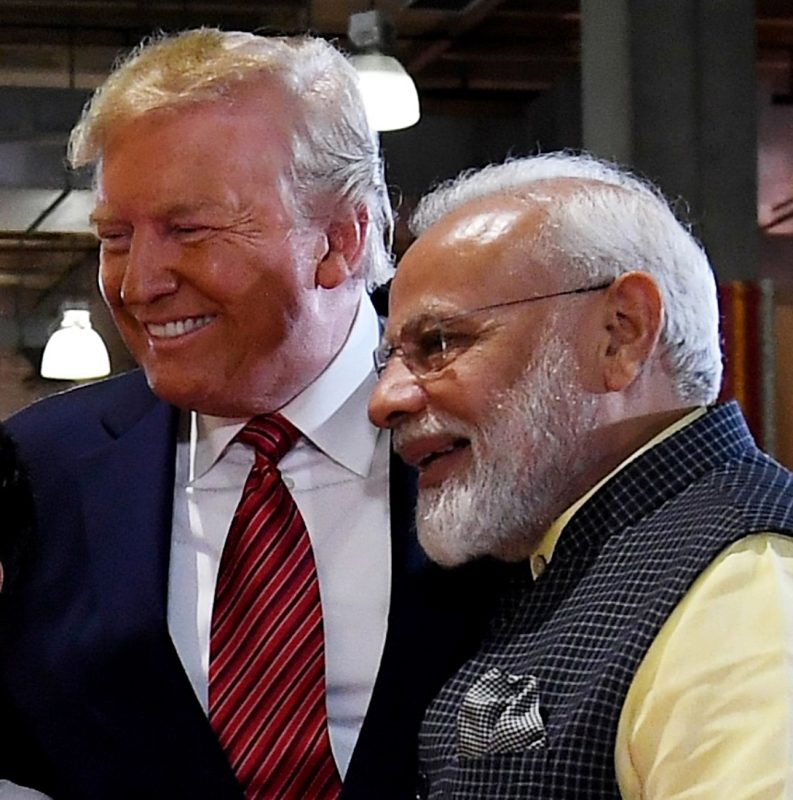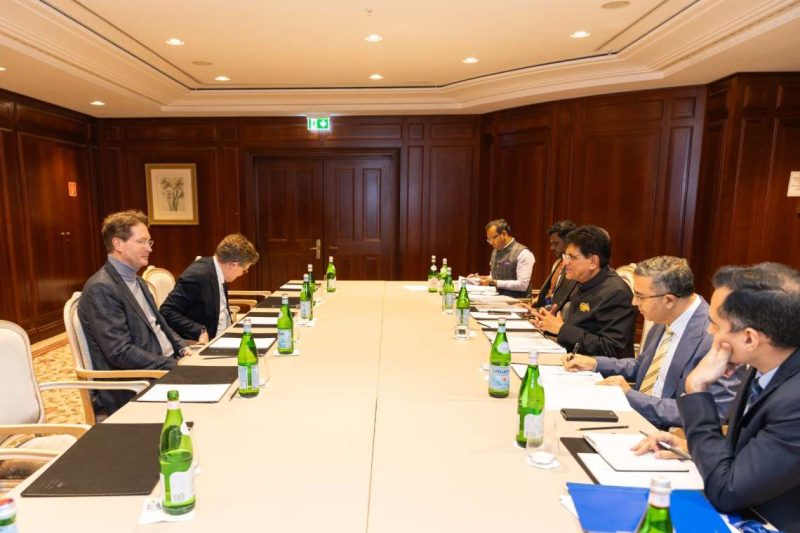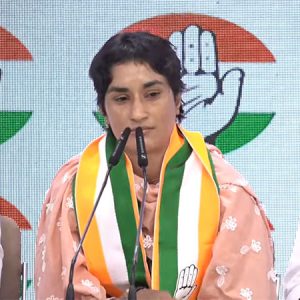All major parties – BJP, BSP, INC, and SP – nominated very few SC/ST candidates outside the reserved constituencies…reports Asian Lite News
Despite the pre-election narrative about upper castes being upset with the BJP, an analysis of the election data shows that within the upper castes, the highest number of MLAs are from the BJP alliance.
The alliance has 117 such MLAs whereas the SP alliance has only 11.
The BSP, Congress and Jansatta Dal (Loktantrik) have one MLA each from upper caste category.
All SC/ST MLAs have won only in the reserved constituencies, within which, the BJP alliance has the highest number (65) followed by the SP alliance (20) and Jansatta Dal (Loktantrik) (1).
Caste and religion have remained dominant factors in Uttar Pradesh Assembly election but the charisma of the Modi and Yogi seems to have doused all anger, if any, and the party has got immense Hindu support – including Jats who were said to be opposed to the BJP.
The BJP mobilised voters with social engineering and developmental discourse which paid rich dividends.
Data reveals that the highest number of MLAs have been elected from the Brahmin community (52), followed by Rajput (49), Kurmi/Sainthwar (40), Muslim (34), Jatav/Chamar (29), Pasi (27), Yadav (27), Bania/Khatri (21) and so on.
Except Muslims, Yadavs, and Rajbhars, the BJP alliance has the highest number of MLAs in each caste.
According to BJP sources, the party has got about 89 per cent Brahmin votes, compared to 83 per cent in 2017.
Nearly 87 per cent Thakurs have voted for BJP, compared to 70 per cent in 2017. It is noteworthy that in 2017, Yogi Adityanath – a Thakur himself – was not projected as chief minister.
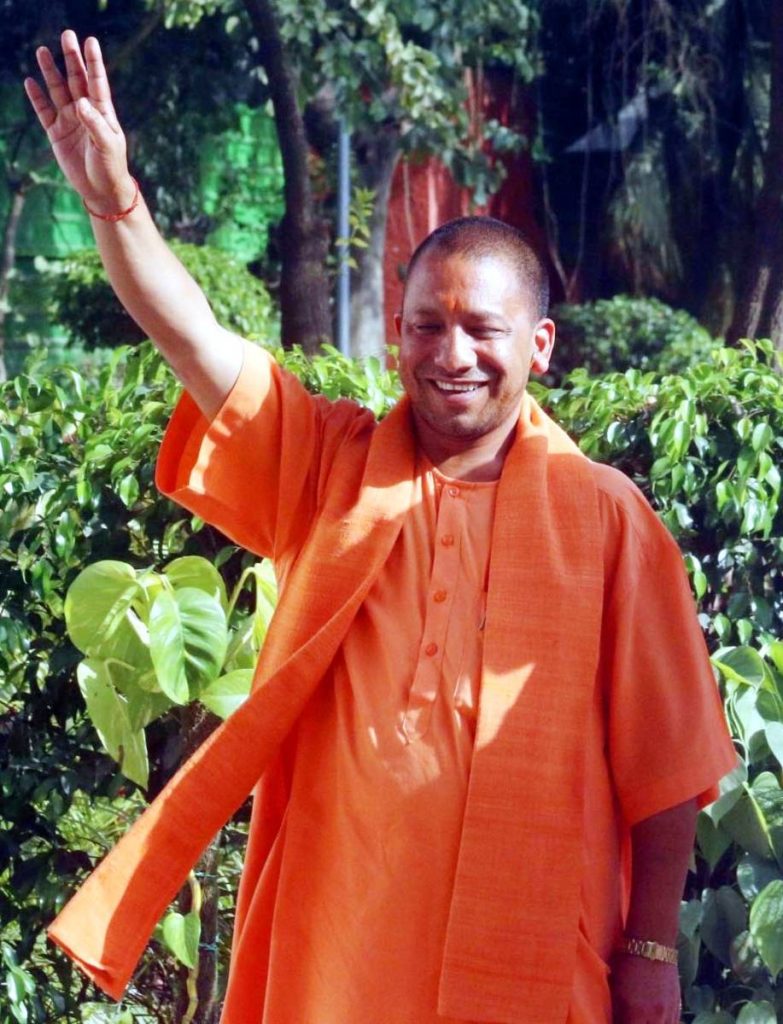
Both Brahmins and Thakurs have a population of about 7 per cent each but are powerful opinion makers, especially in the rural areas.
The BJP has also got considerable support from Hindu backward castes which explains the increased number of MLAs from these caste groups.
The 18th Uttar Pradesh Assembly will have the highest number of MLAs from Hindu backward castes, followed by upper castes, SCs/STs, Muslims, and Sikhs.
Within backward caste MLAs, the BJP alliance has 90 legislators whereas the SP alliance has 60 and the Congress one.
The figure shows that 151 (38 per cent) MLAs elected, are from the Hindu backward castes, followed by the upper castes (131, 33 per cent) and the SC/ST (86, 21 per cent).
Total 86 constituencies are reserved for the SC/ST category, and candidates belonging to these communities have been able to win only these reserved seats.
All major parties – BJP, BSP, INC, and SP – nominated very few SC/ST candidates outside the reserved constituencies.
This time, 34 MLAs (8 per cent) have been elected from the Muslim community despite them constituting around 19 per cent of the state’s population. All 34 Muslim MLAs belong to the SP which has reportedly got 79 per cent Muslim votes, compared to 46 per cent in 2017.

Only one candidate from Sikh community has won the election.
Interestingly, the BJP has managed to win over the Jatav voters who, once, were solidly behind the Bahujan Samaja Party.
Nearly 19 candidates belonging to the Jatav/Chamar caste in the BJP alliance have won the elections.
The BJP, apparently, has overturned the game of rival political parties, claiming to be the harbinger of social justice and welfare on their own turf.
ALSO READ-Modi dials Putin, urges direct talks with Zelensky


